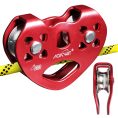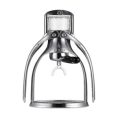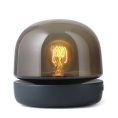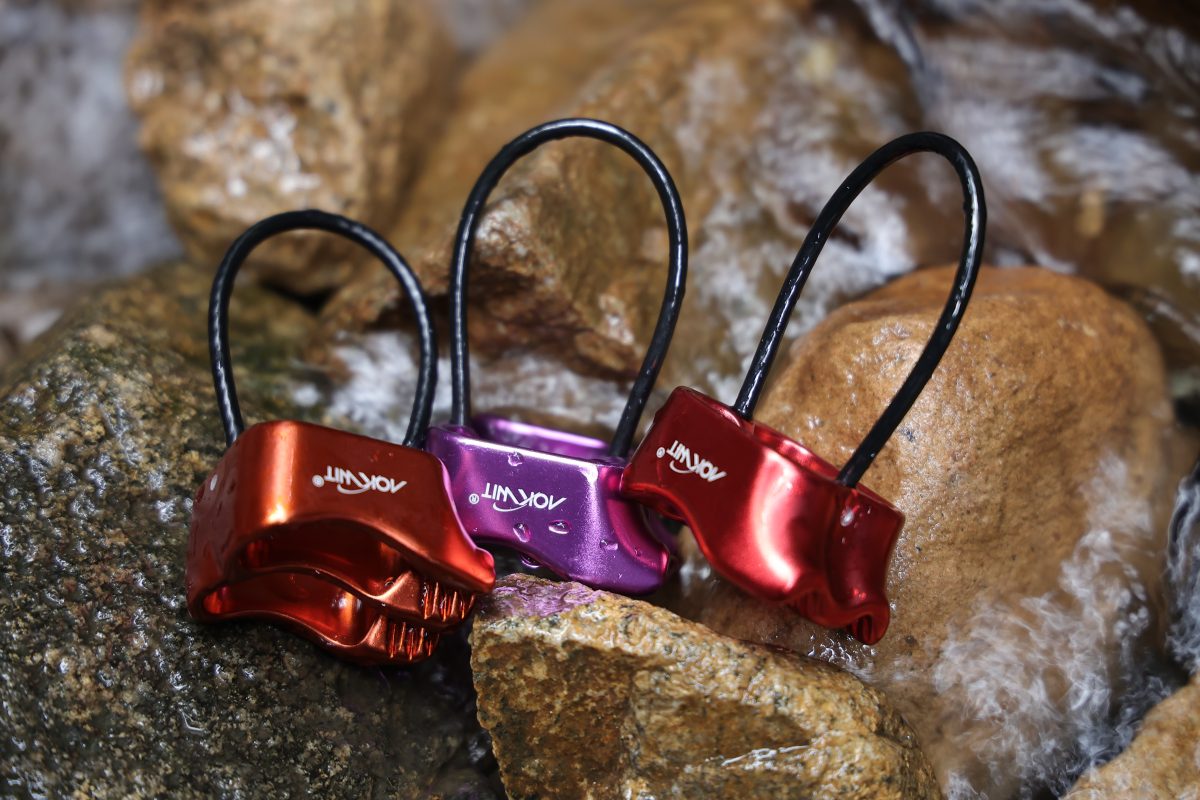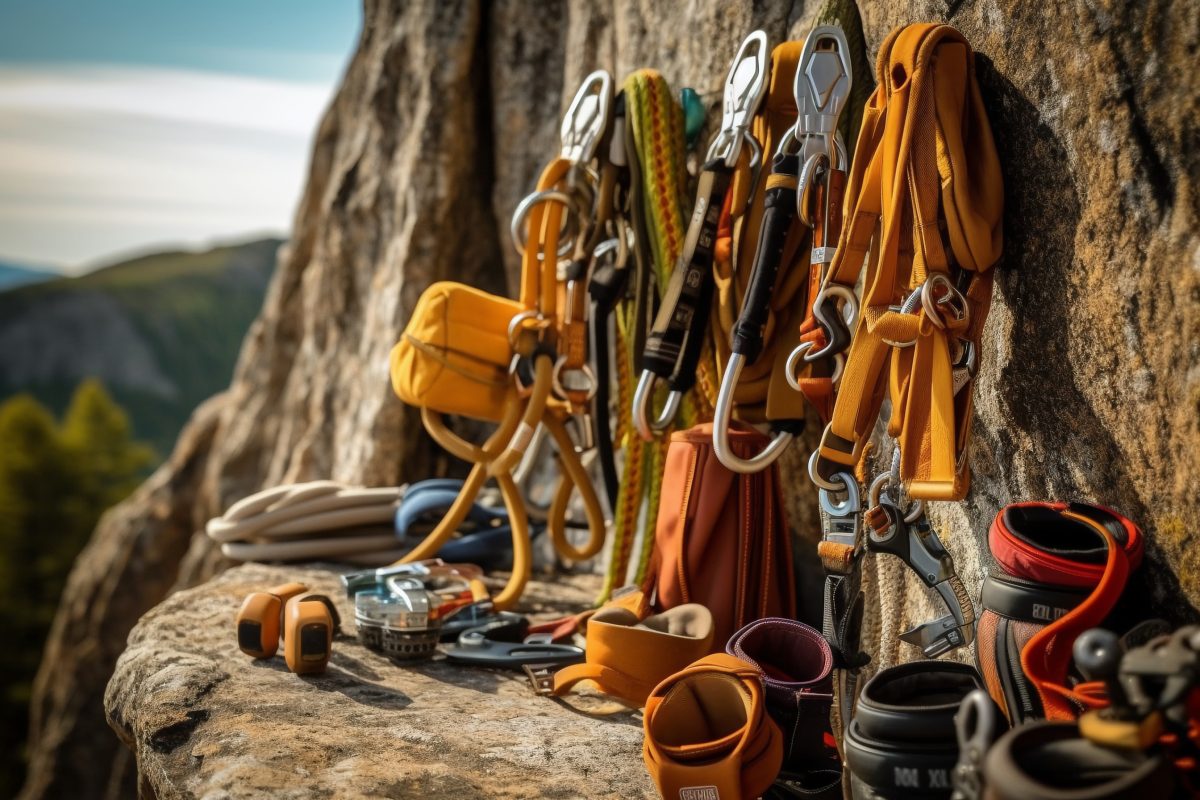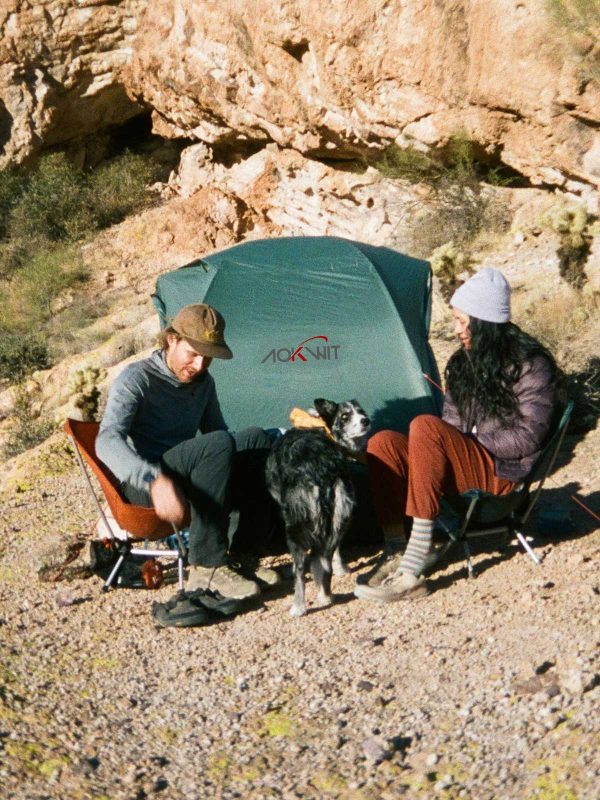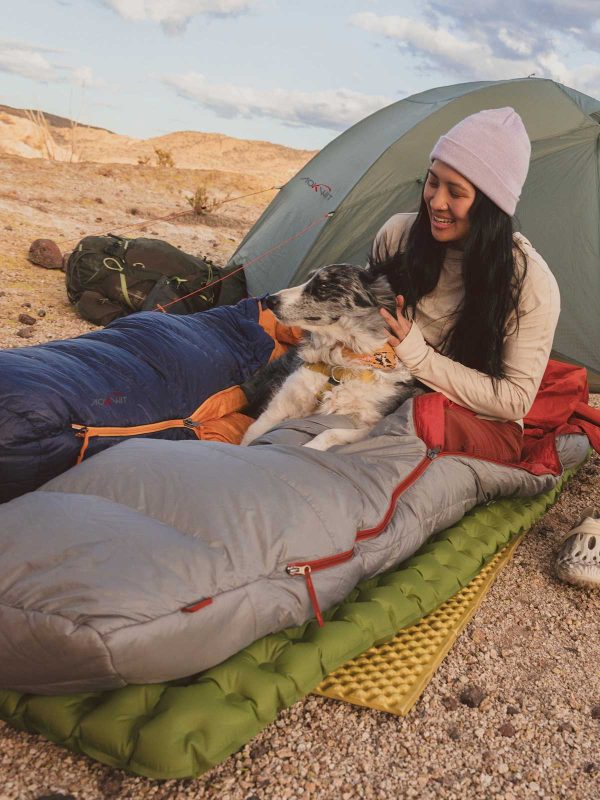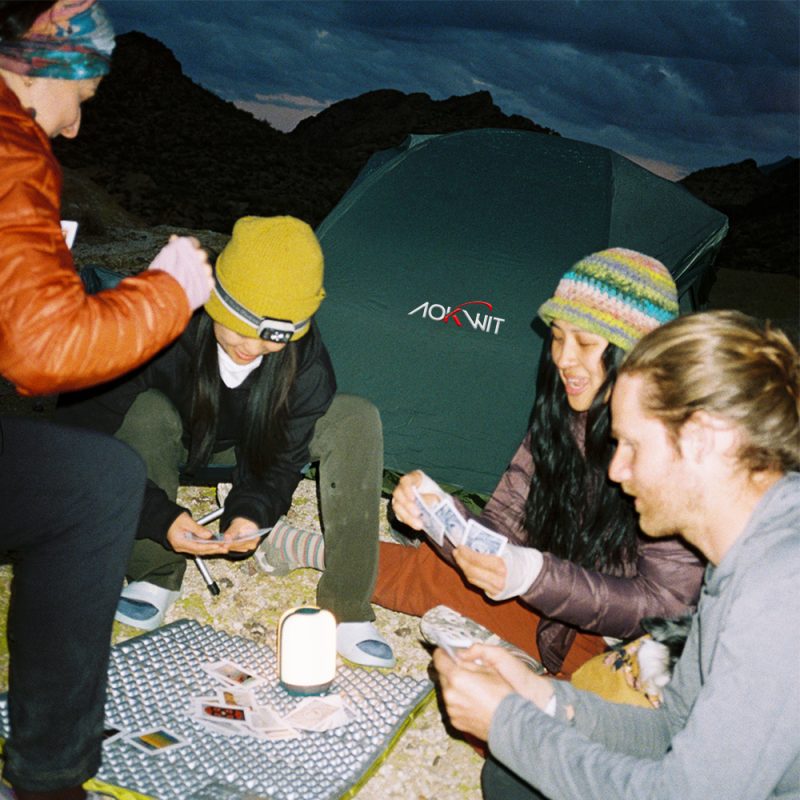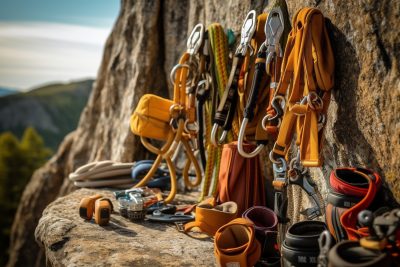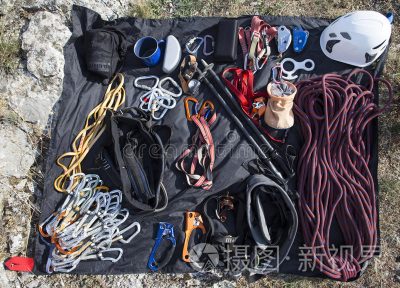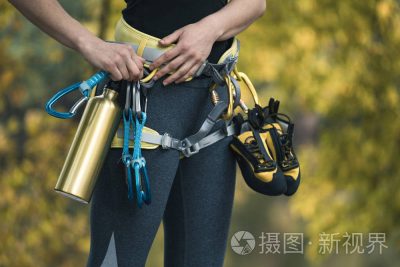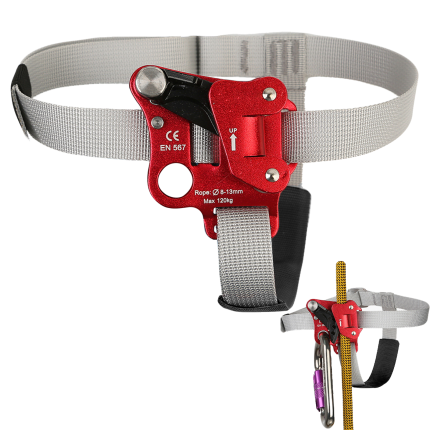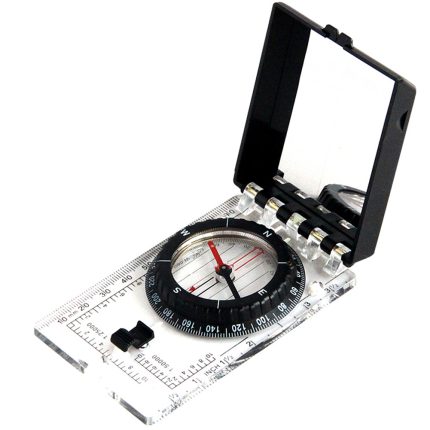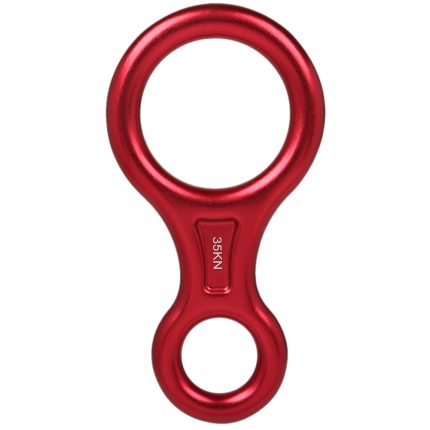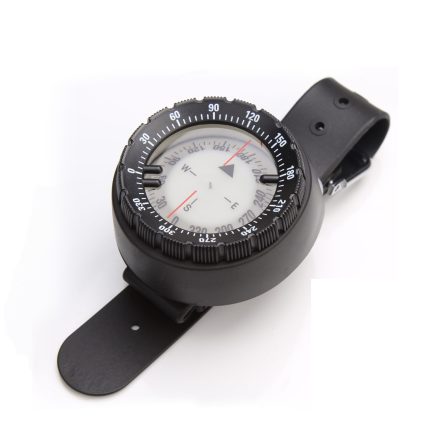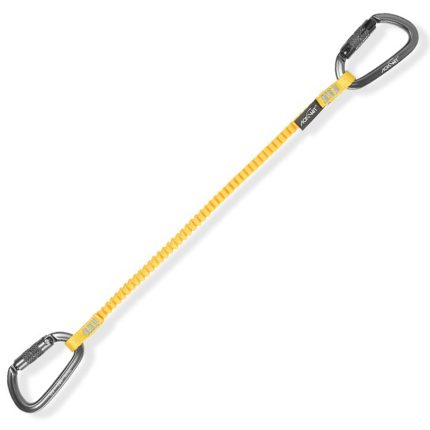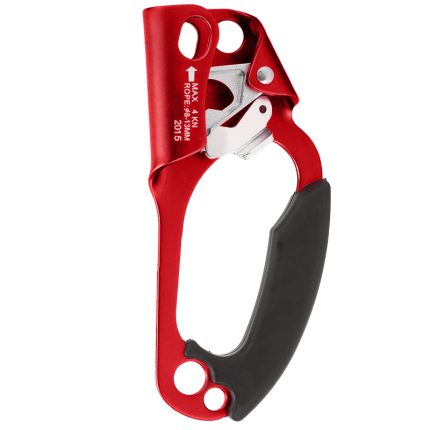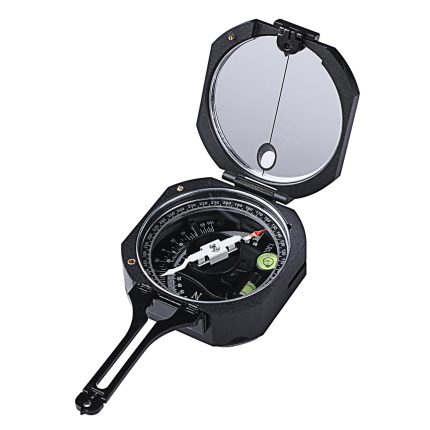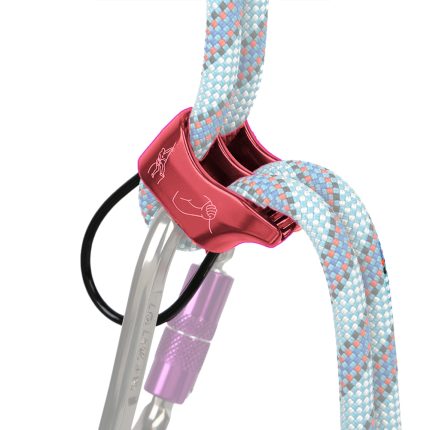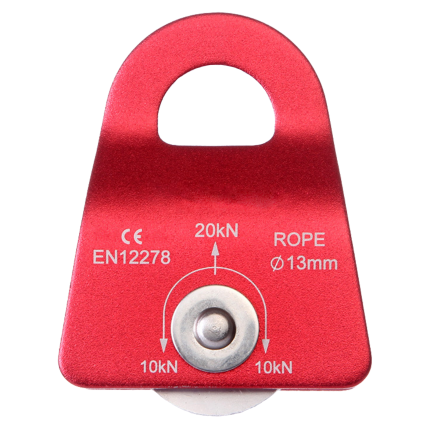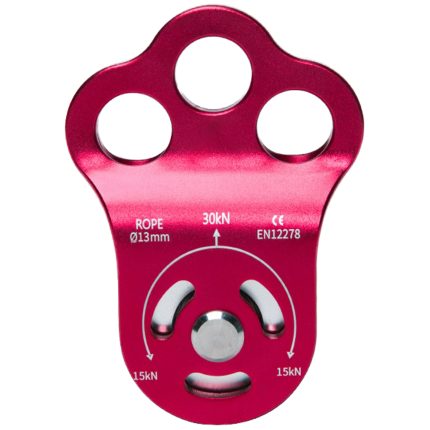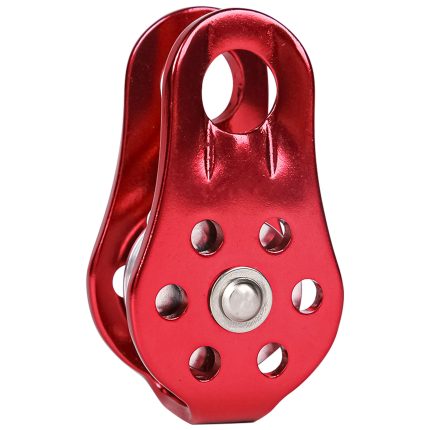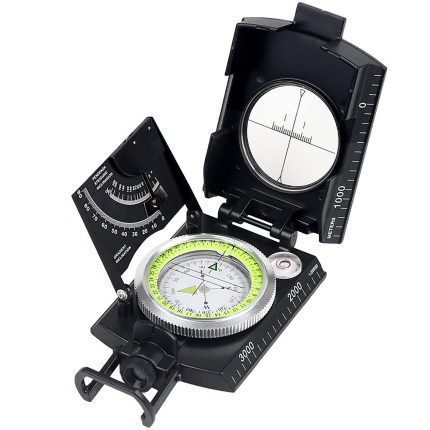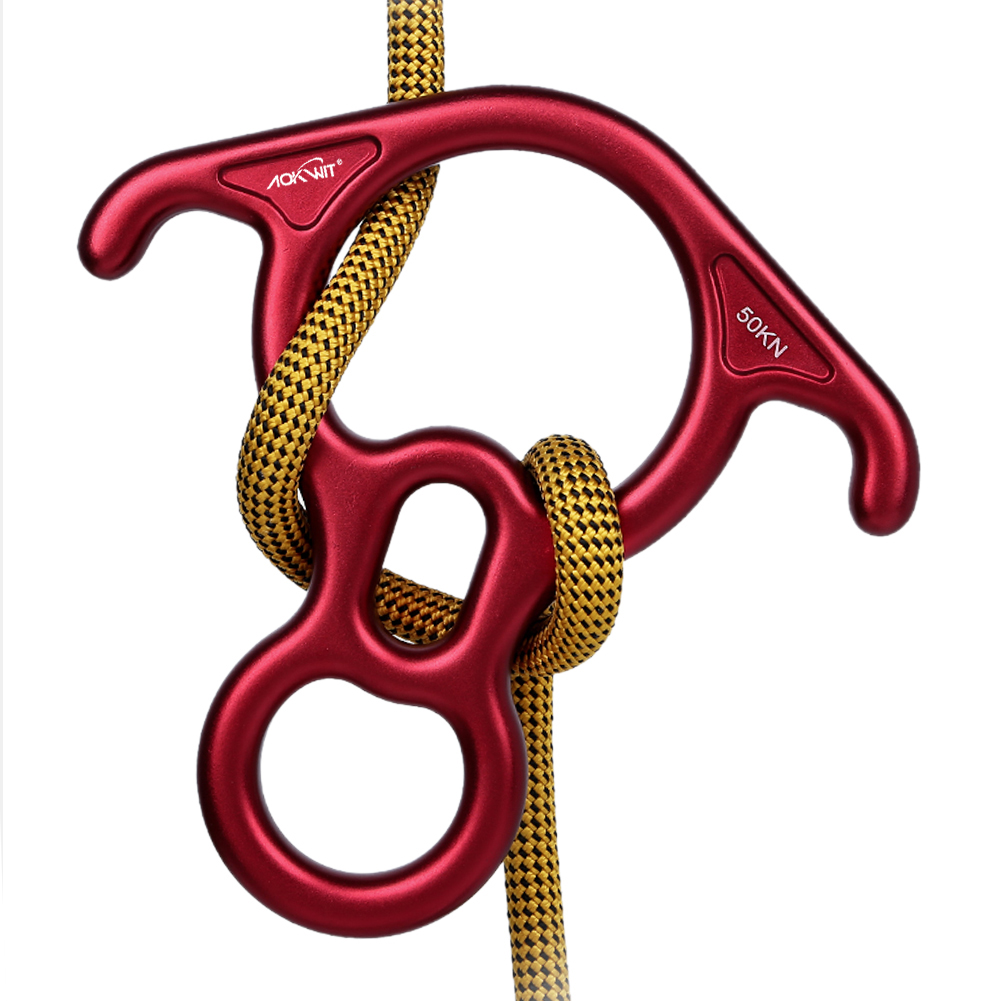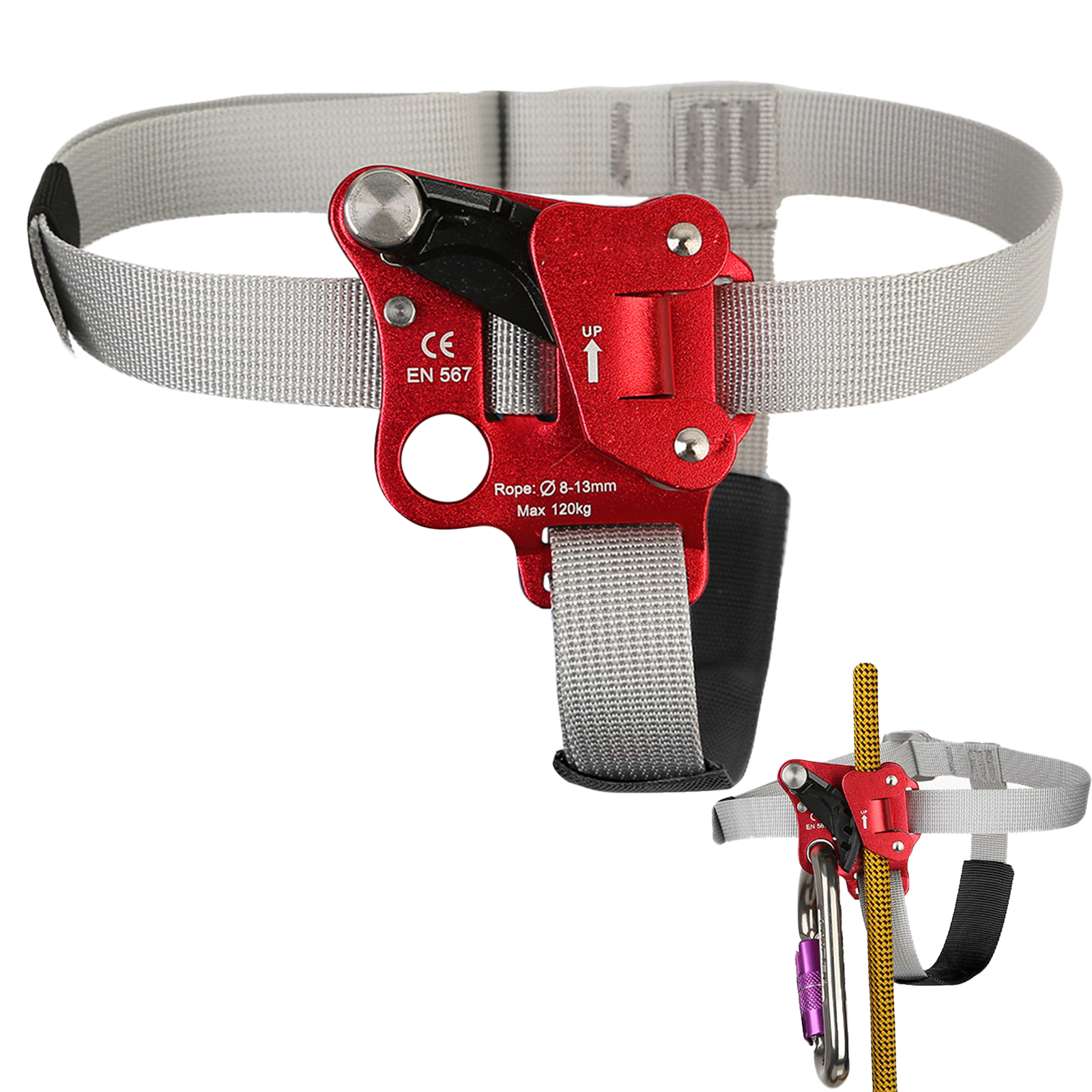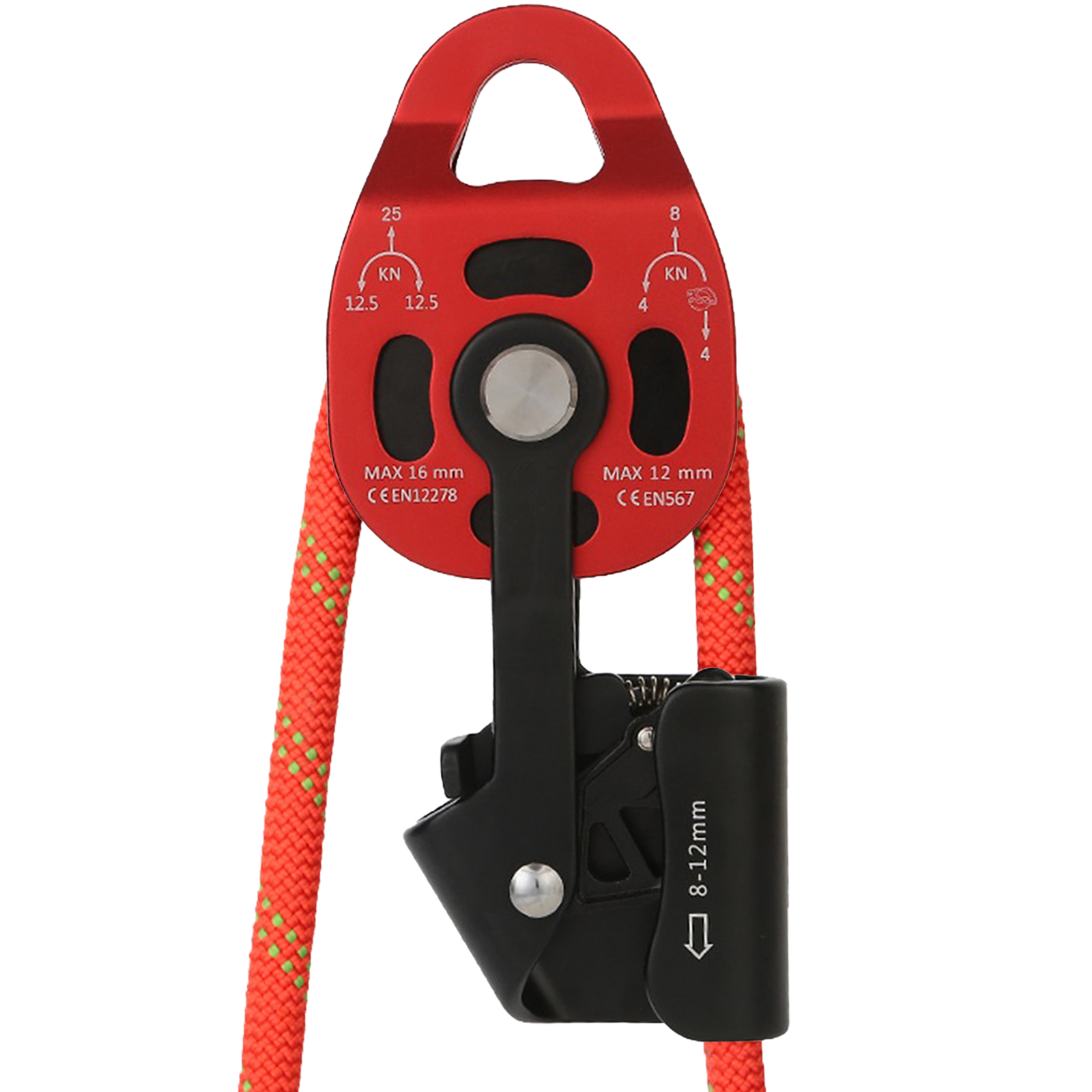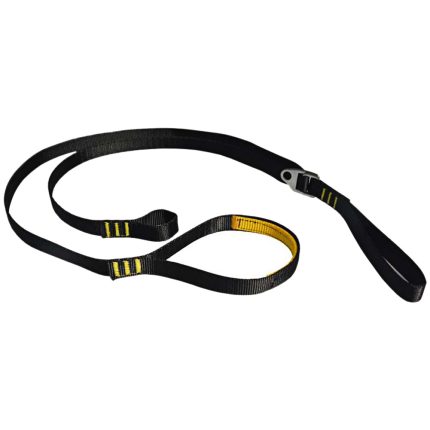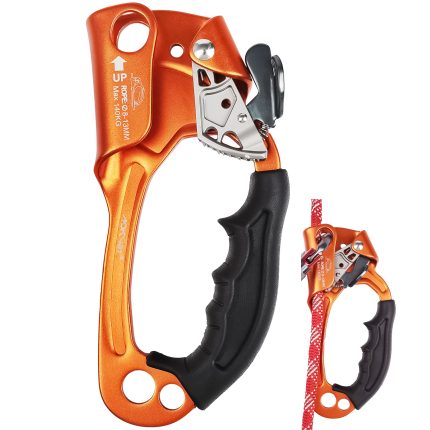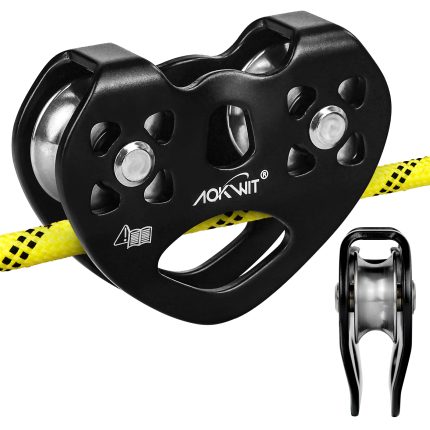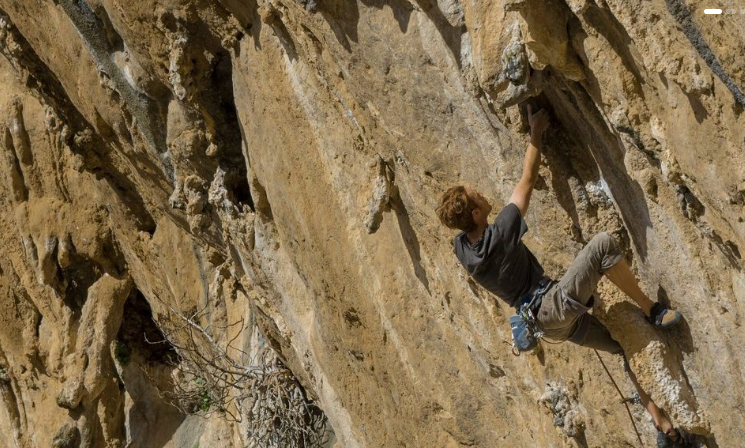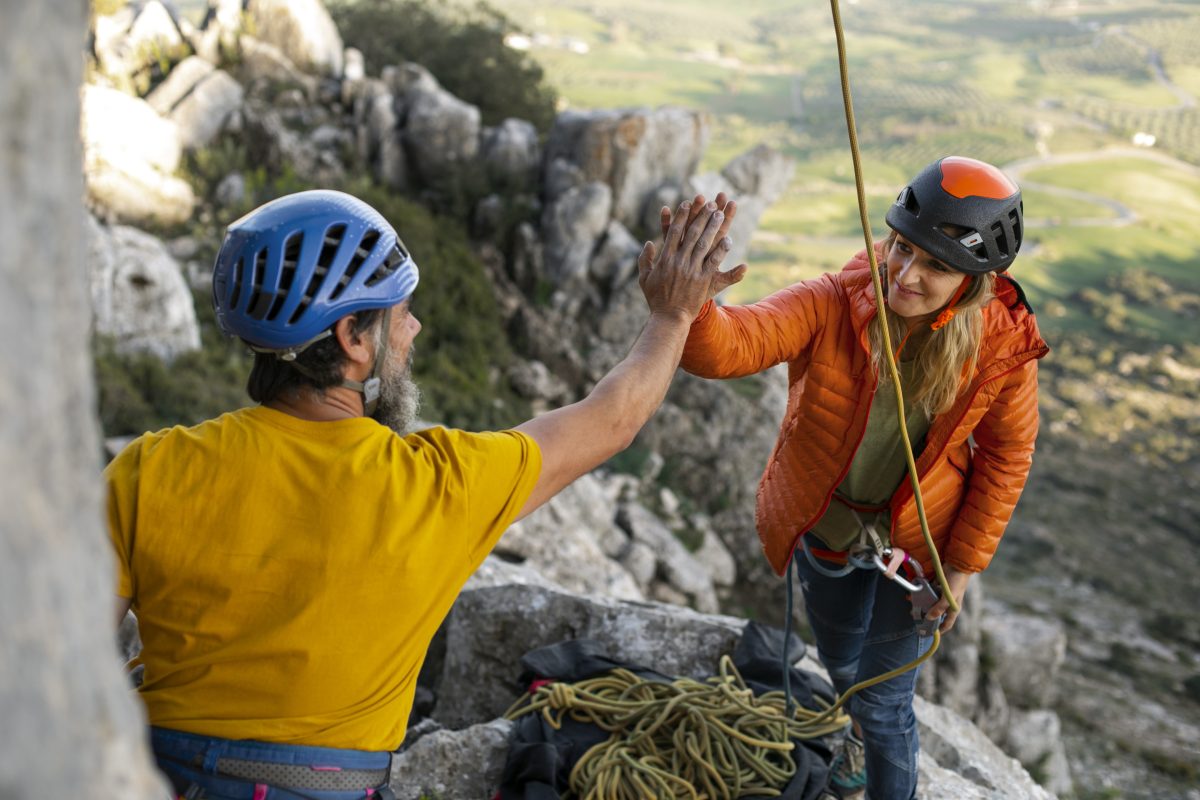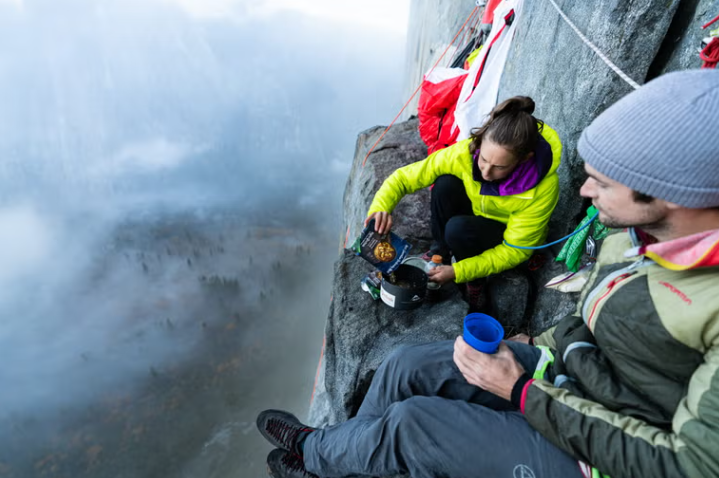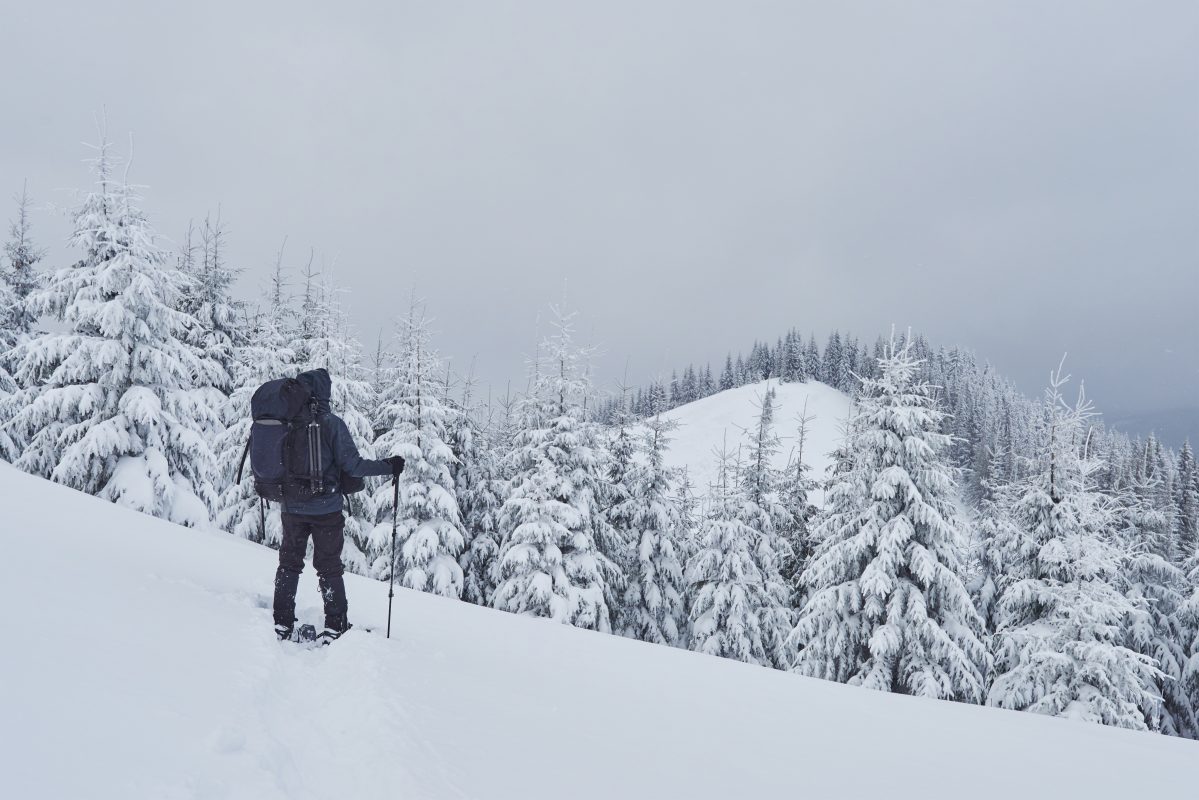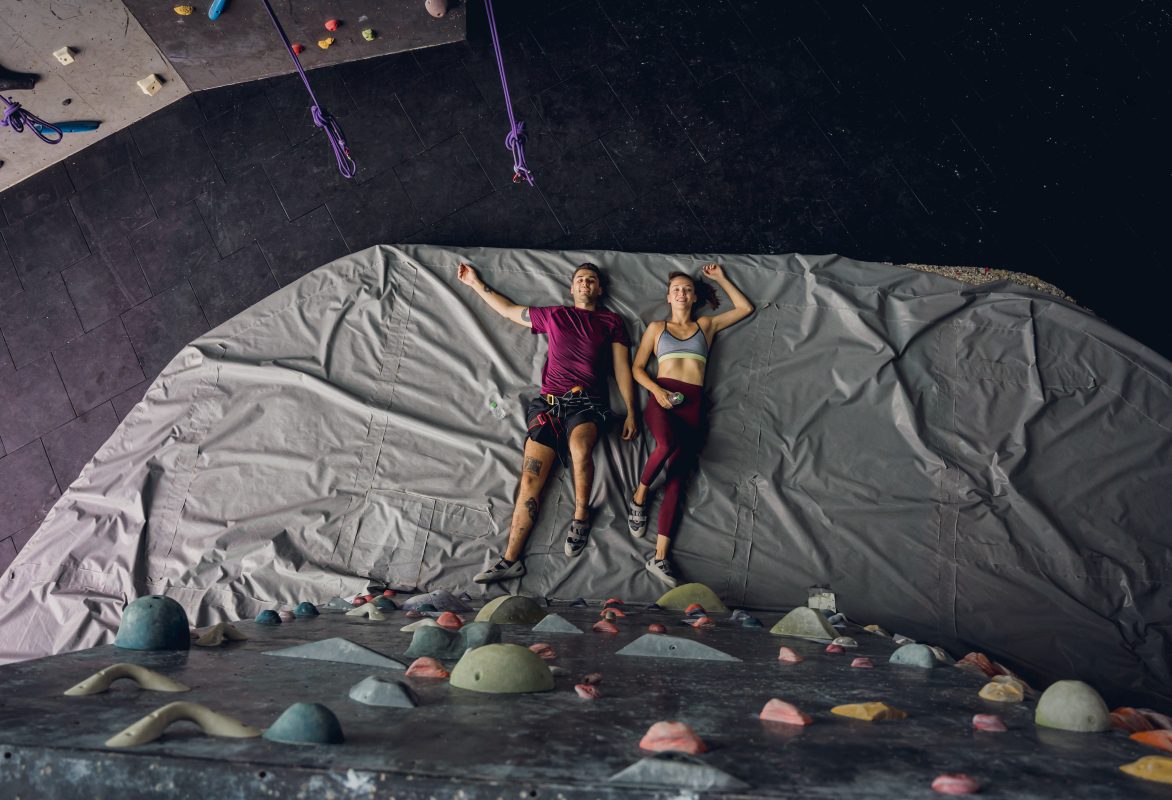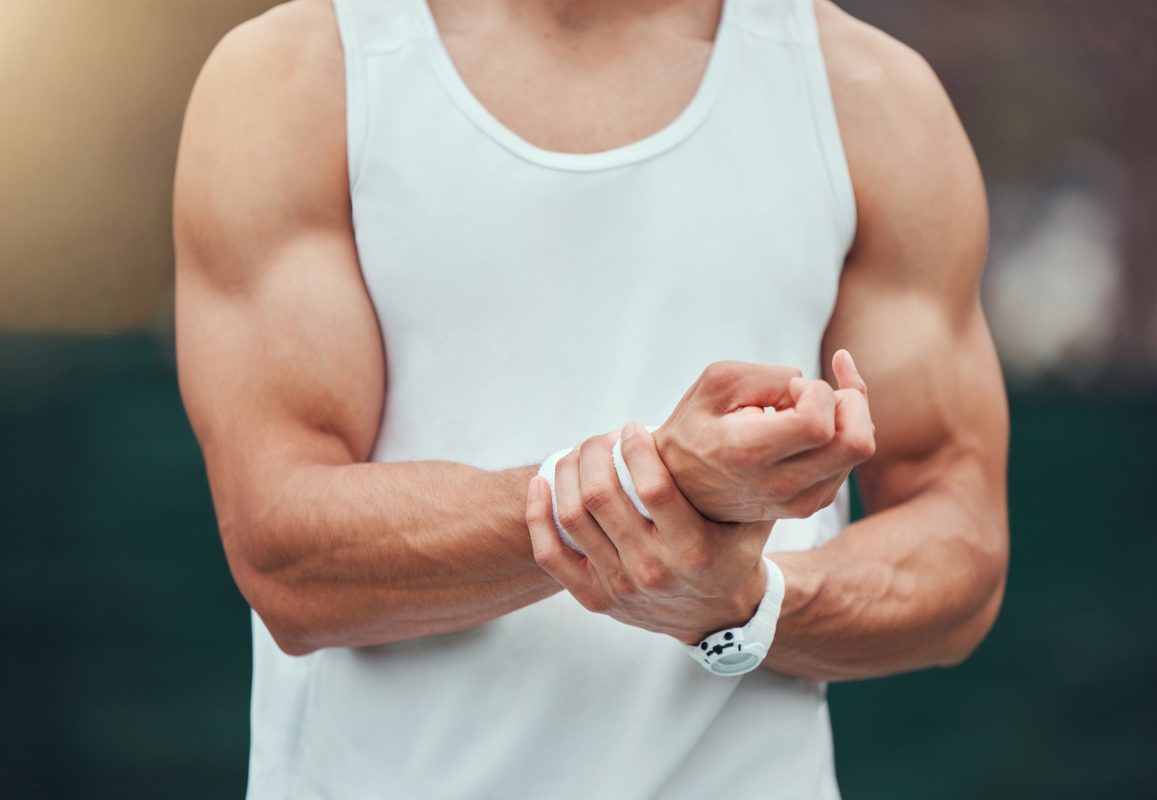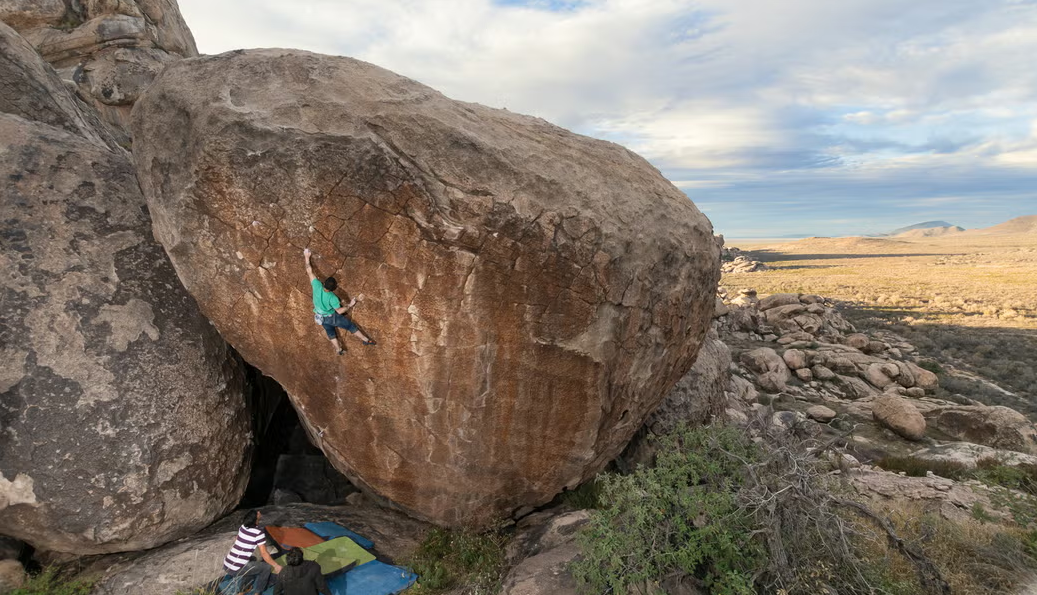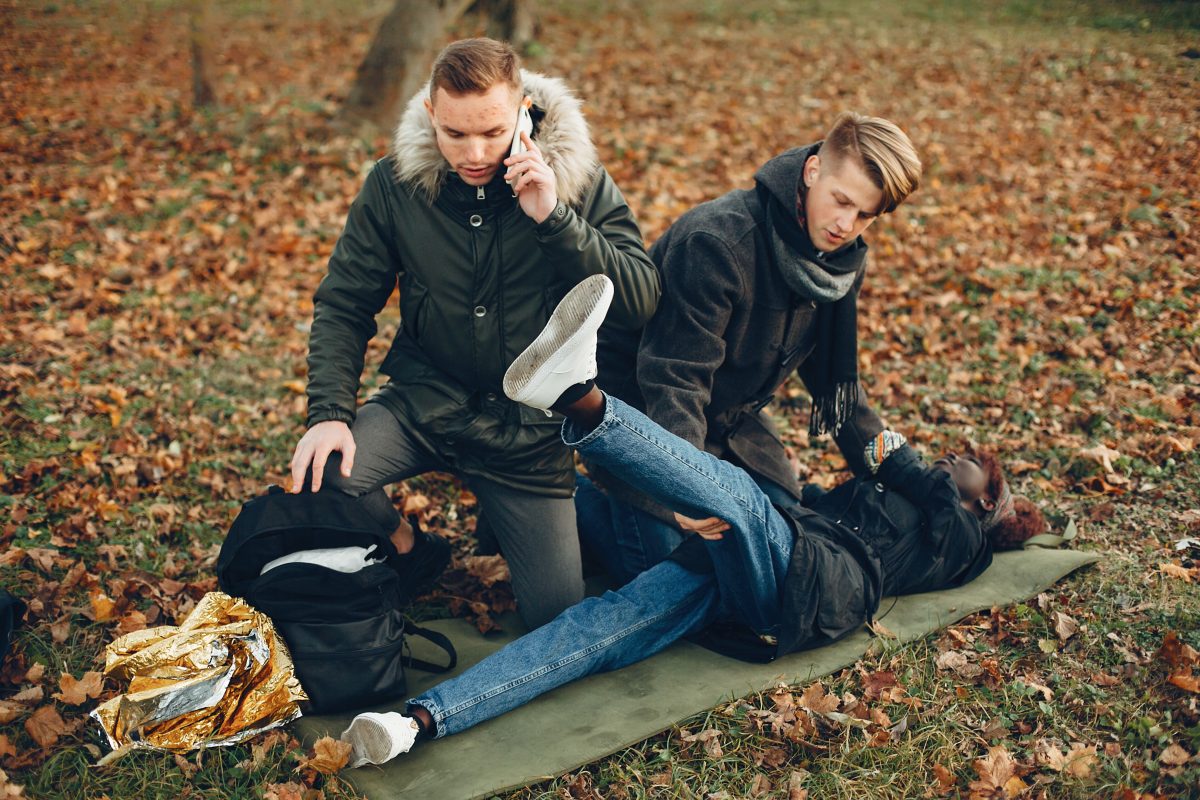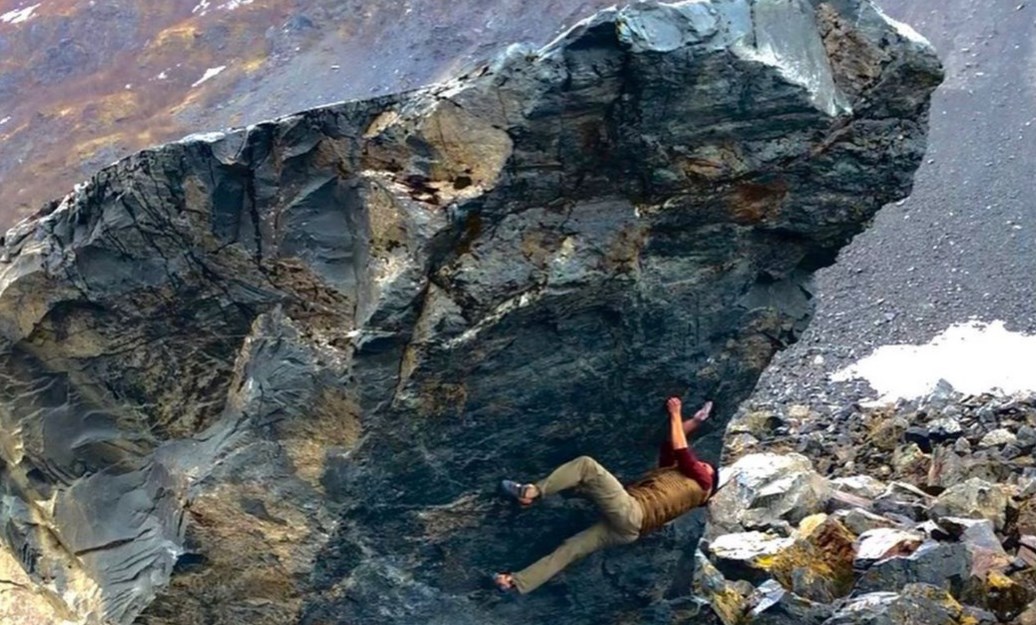Transitioning from the Gym to the Crag: 5 Essential Tips
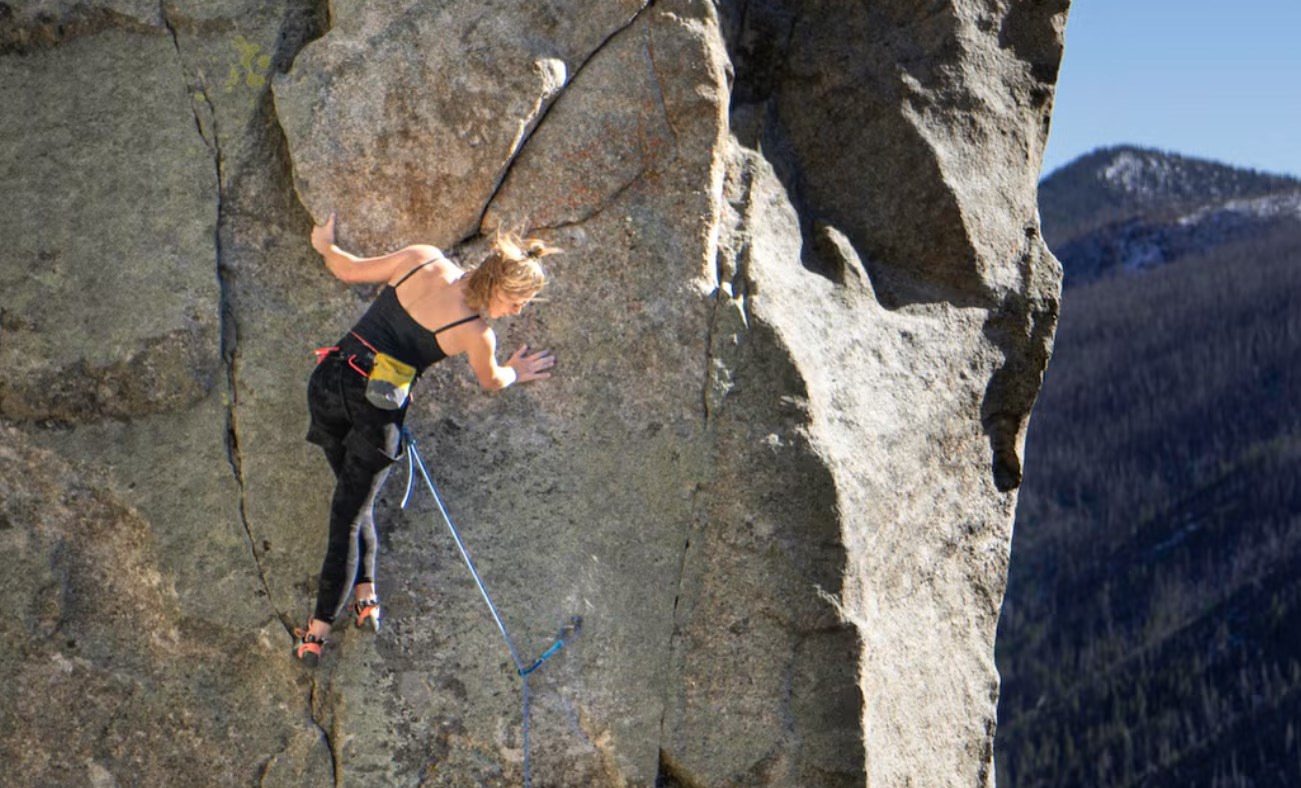
Currently, climbing gyms are experiencing a boom, with an unprecedented increase in numbers, which undoubtedly promotes the popularity of climbing. Simultaneously, we are noticing that more and more indoor climbing enthusiasts are beginning to venture into outdoor climbing.
However, recently we have observed that many poor operating habits developed in the gym are being carried over to the outdoors—these habits can not only hinder progress but also conceal significant risks.
While artificial climbing environments are excellent training grounds, they can also unintentionally encourage practices that are not applicable, or even dangerous, in a natural setting.
Everyone starts as a beginner, but there’s no reason to remain at that stage. By observing, asking questions, and emulating experienced climbers, we can adapt to the outdoor environment more quickly—their years of practical experience are worth learning from.
To avoid common mistakes and accelerate the improvement of your outdoor climbing skills, pay special attention to the following five points:
1. Don’t Stand Far from the Base When Lead Belaying
Some gyms require the belayer to be anchored 10-15 feet away from the wall to observe the entire climbing surface.
Outdoors, however, you should stand directly below the climber, near the first bolt or piece of protection, and adjust your position appropriately as the climber moves. This helps prevent the climber from swinging into the wall in a fall, instead allowing them to be pulled upwards.
After the climber has passed a few bolts, you can move back slightly, but you should still remain near the first bolt.
Belaying accounts for more than half the time spent climbing, so mastering safe catch techniques is just as important as practicing climbing skills.
2. Avoid Anchoring Yourself at the Start of a Pitch
Unless the starting point is a narrow ledge or the climber weighs significantly more than you, the belayer should maintain a flexible stance. This allows you to take a side-step or be lifted off the ground during a fall, resulting in a softer, lower-impact catch.
This flexibility helps prevent rock dislodgement caused by minor falls and reduces force on the protection system when the reliability of the anchor points is lower—these aspects are often not emphasized in gyms.
3. Focus on Observing the Climber Before the First Clip is In
Gym floors have thick, soft padding, while outdoor ground can be dangerous, consisting of rocks, tree roots, etc. Even a fall from a height of just a few feet can cause serious injury, especially if a helmet isn’t worn.
Before the first piece of protection is clipped, the belayer should act as a “spotter” rather than a “rope manager.” Ensure the equipment is set up correctly and that an appropriate amount of rope is paid out for the climber to reach the first protection point (the rope is almost useless before this point).
During the initial climb, keep hands off the rope and belay device, focusing entirely on the climber’s movements. The goal isn’t to catch every fall, but to mitigate the consequences. Once the first piece is clipped, transition into the standard belaying posture.
4. Don’t Walk Around Outdoors in Your Climbing Shoes
Gym floors are typically clean and even, while outdoor environments often have sand, gravel, dirt, and even bird droppings.
The performance of climbing shoes highly depends on direct contact between the rubber and the rock; even tiny particles can significantly reduce friction.
Furthermore, contaminants picked up on the soles can damage rock features (holds) and soil the initial handholds at the start of the climb. This not only increases the risk of slipping but is also disrespectful to the environment and other climbers.
5. Don’t Use Non-Climbing Carabiners for Assisting
This advice might seem overly cautious, but it’s frequently encountered in practice: climbers mistakenly use non-load-bearing decorative or toy carabiners attached to their harnesses as legitimate protection equipment.
Please keep such accessories on your keychain. If you need to hang a chalk bag, water bottle, or climbing shoes, always use properly rated, certified climbing carabiners.
By paying attention to these five points, you can transition from the indoor to the outdoor climbing environment more safely and smoothly, enjoying the challenges and pleasures offered by natural rock walls.
